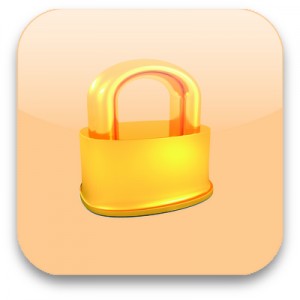
In the world of computers, administrators have access to everything in Windows. Having administrator rights allows you to download anything, change any policy, and even change registry entries in Windows. An administrator has enough control over Windows to radically change how it works, even break Windows permanently.
So, who should be an administrator? The answer is different depending on the environment and work being done. In general, the administrator account should only be used by a person who is very experienced and knowledgeable in computers, like a professional IT tech. An inexperienced person with an administrator account could permanently damage the operating system or even destroy the computer itself on accident.
A user that has admin (administrator) rights, even without being in the core files, could still cause unintentional harm to the computer. This can happen because malicious files can be accidentally downloaded and ran and, when you run a program as an admin, you give that program the rights to change your computer inside and out. Malicious programs run by an admin can ruin entire networks of computers. This, sadly, has happened to many businesses.
Domain Networks
On a domain network where many computers are connected to a server, there should be a very small amount of administrators. Ideally, just one. The more people with admin rights, the more likely the wrong program ran by the wrong person can ruin an entire building of computers or an entire business. This is usually how cryptoware spreads.
For domain networks, only professional IT techs should be administrators. The risk is too great to have someone accidentally change a policy or spread an infection that can do irreversible damage to all the computers on the network.
Business Computers
A computer used for business should be treated with more security and care as to make sure no avoidable threats harm or compromise the device. Confidential data and work can be stolen if the wrong websites are visited or by downloading the wrong software on a business computer.
For a business computer user, you might want to consider using a normal account and only use the admin account in extreme situations where recovery needs to be done. If your IT tech has access to the admin account, they can make sure that only best practices and the proper programs are implemented on that profile.
Home Computers
Computers that are used for everyday activities that do not have confidential work data should still be choosy on who has admin access. Having children or teens freely exploring the Internet and downloading odd programs or messing with the internal settings of Windows could potentially cause serious issues.
Home computers should have an admin user with a solid knowledge of computers who will be wary of suspicious websites and programs. More inexperienced users should not run admin accounts.
Generally, the best rule of thumb for admin accounts is that they should be granted to people who can handle the responsibility. Those with less experience or less important needs should have accounts with limited access.
However, if a business or network is bigger, it’s even more important than the only people granted admin privileges are their professional IT team or those who have experience. The title of administrator should be looked as one with responsibility in doing what is best for a computer, a server, and a business network.


 Together, they offer deep context to inform the security team of the appropriate response to potential threats and real attacks.
Together, they offer deep context to inform the security team of the appropriate response to potential threats and real attacks.

